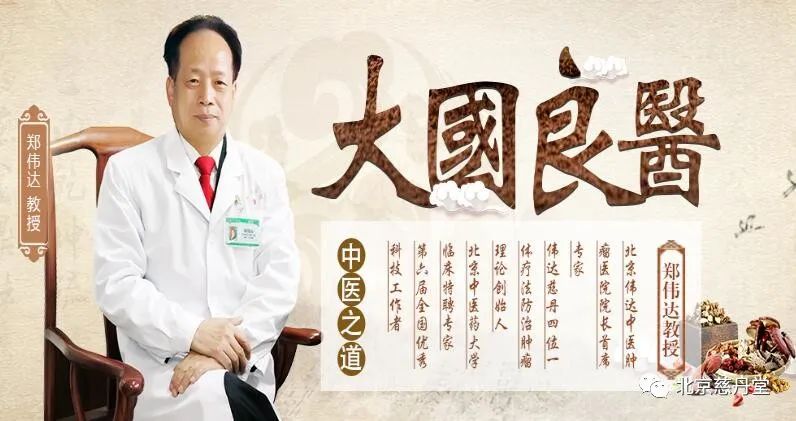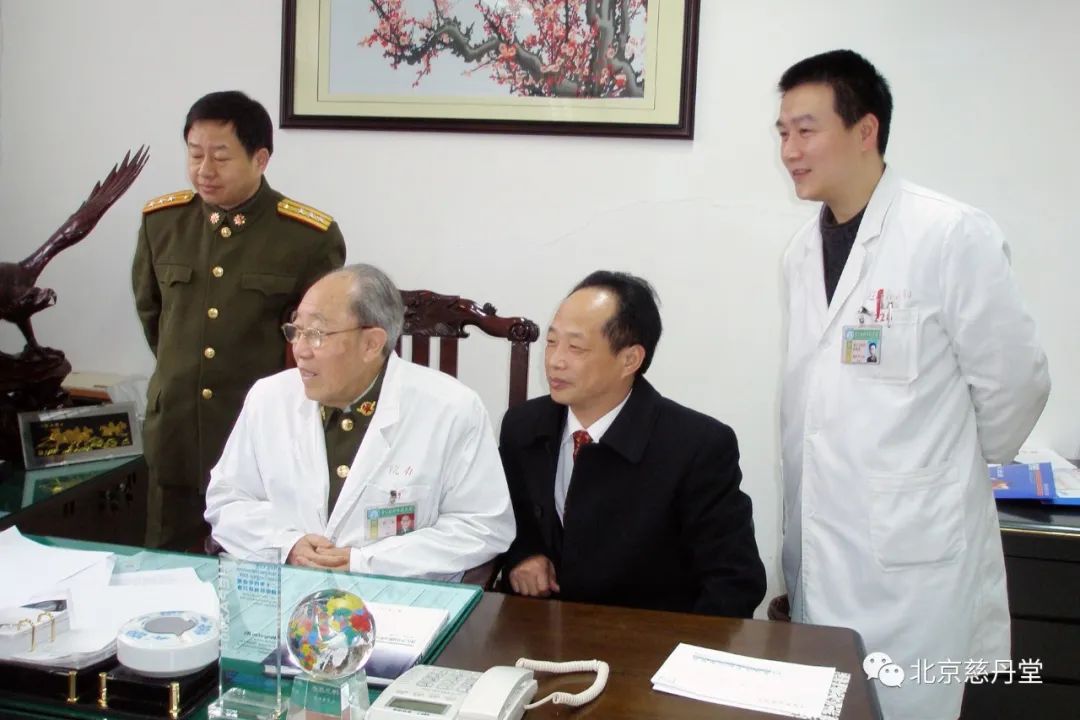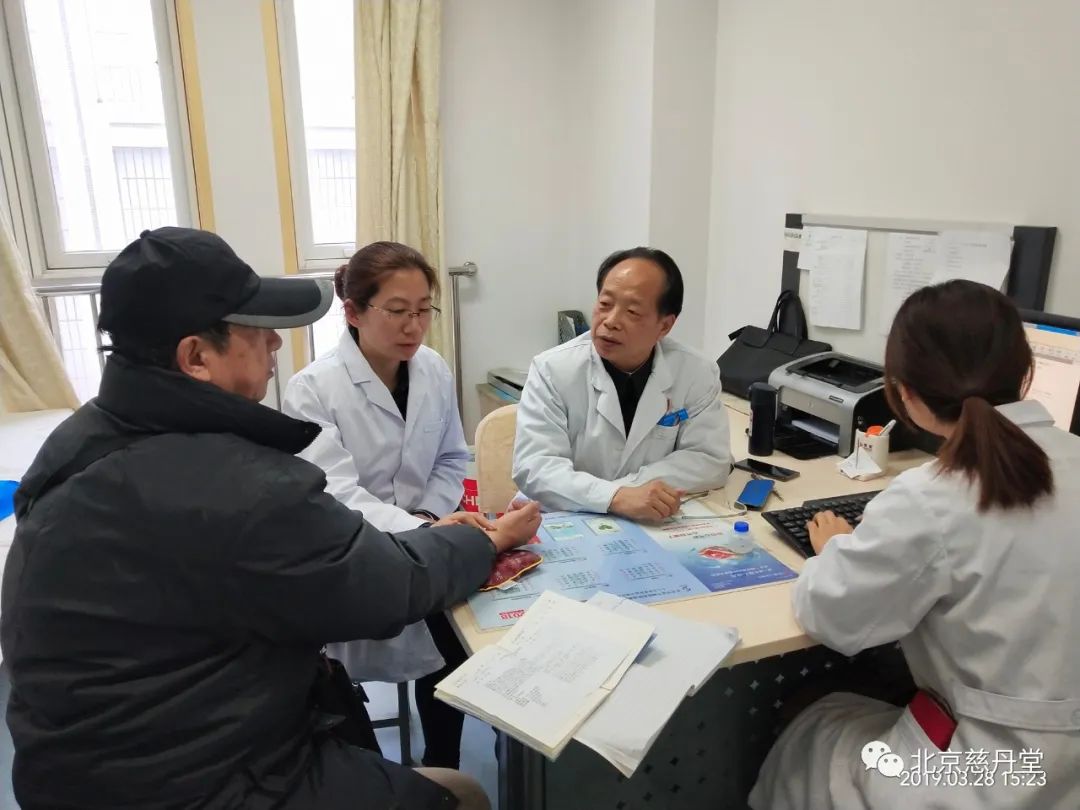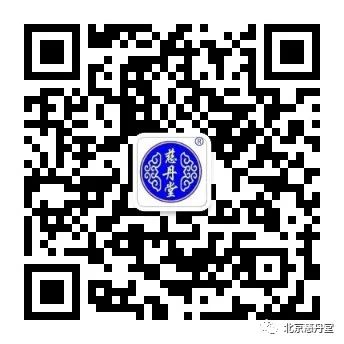
Differentiating Cold and Heat in the Ten Patterns of Diagnosis

Yang excess leads to heat, while Yin excess leads to cold; Yang deficiency results in external cold, and Yang deficiency can also lead to internal heat. Cold and heat are the two primary diagnostic criteria for identifying the nature of diseases, reflecting the imbalance of Yin and Yang in the body. Conditions characterized by Yin excess or Yang deficiency are classified as cold syndromes, while those with Yang excess or Yin deficiency are classified as heat syndromes. In the diagnosis of cancer patients, the differentiation of cold and heat is directly related to clinical diagnosis and treatment, necessitating a clear understanding of the attributes of cold and heat, especially since cancer patients often present with complex manifestations of cold and heat, including mixed cold and heat, transformation between cold and heat, and true versus false cold and heat.

Cold Syndromes
Cold syndromes are characterized by symptoms resulting from the invasion of cold pathogens or from Yin excess and Yang deficiency. In cancer patients, cold syndromes often manifest as internal cold, deficient cold, or excess cold, with common clinical symptoms including: aversion to cold and preference for warmth, pale complexion, cold and curled limbs, lack of thirst or preference for warm drinks, absence of sweating or spontaneous sweating, loose and watery stools, clear and prolonged urination, pale tongue with white and moist coating, and a weak or tight pulse.
(1) Internal Excess of Yin Cold Syndrome
This syndrome corresponds to the Taiyang disease in the Treatise on Cold Damage, primarily caused by Spleen Yang deficiency and internal excess of Yin cold. The Taiyin disease is characterized by internal deficiency of cold and dampness, resulting from insufficient Middle Yang, poor Spleen function, and obstruction of cold dampness, leading to abnormal rising and descending of Qi. This syndrome is commonly seen in patients with digestive system tumors, presenting with poor appetite, abdominal distension and dull pain, preference for warmth and pressure, loose and thin stools, cold or heavy limbs, generalized edema, and difficulty in urination and defecation, with a pale and swollen tongue, white and slippery coating, and a deep, slow, and weak pulse. This syndrome is often seen in gastric and colorectal cancers.
Additionally, the true cold and false heat syndrome is also a manifestation of internal excess of Yin cold, with Yang being constrained externally. It presents with true cold internally while appearing to have false heat externally.

For example, symptoms such as body heat, flushed face, thirst, and a large pulse may suggest a heat syndrome, but the patient may feel hot and want to cover themselves, prefer warm drinks without excessive thirst, and have a large but weak pulse, accompanied by cold limbs, clear and frequent urination, and a pale tongue with white coating.
(2) Lesser Yin Cold Transformation Syndrome
This corresponds to the Lesser Yin disease in the Treatise on Cold Damage. The Lesser Yin meridian is associated with deficiency of Heart and Kidney Yang, leading to weakened function and reduced resistance to disease. Particularly in cancer patients after surgery or chemotherapy, this syndrome often appears, with clinical manifestations including: aversion to cold and curling up, mental fatigue, desire to sleep, cold hands and feet, clear and frequent stools, inability to eat due to nausea, lack of thirst or preference for warm drinks, pale tongue with white coating, and a deep and thin pulse. There may also be extreme manifestations of Yin cold, such as a faint pulse that is almost imperceptible, without aversion to cold, and a flushed face indicating a false appearance of “wearing Yang”.
Heat Syndromes
Heat syndromes refer to symptoms arising from the invasion of heat pathogens or from Yang excess and Yin deficiency. In cancer, heat syndromes often manifest as internal heat, deficient heat, and excess heat.
Common clinical symptoms include aversion to heat and preference for coolness, thirst for cold drinks, flushed face and red eyes, restlessness, yellow and thick phlegm, dry and hard stools, short and red urination, red tongue with yellow coating, and a rapid pulse.
(1) Internal Heat Toxin Syndrome
This syndrome is commonly seen in advanced malignant tumors. It often results from the invasion of external heat pathogens, excessive emotional stress leading to heat transformation, or irregular diet leading to heat accumulation. Internal heat toxins can cause blood to coagulate and fluids to dry up, leading to phlegm formation. The obstruction of Qi, blood, and phlegm can result in tumor formation. Clinical manifestations include fever, flushed face and ears, thirst for drinks, dry throat, irritability, dry cough with shortness of breath, scanty and thick phlegm; or phlegm with blood, constipation, short and red urination; or low-grade fever with night sweats, flushed cheeks, dizziness, tinnitus, and hemoptysis. This syndrome is often seen in late-stage lung cancer with obstructive inflammatory conditions, as well as various tumors with bone metastasis and late-stage liver cancer.

(2) Yangming Bowel Syndrome
After radiotherapy for malignant tumors, the transmission of heat pathogens to the interior can lead to the formation of dry stools in the Yangming bowel syndrome. Clinical symptoms include fever, tidal fever, sweating of hands and feet, abdominal distension and pain, constipation, thick yellow dry tongue coating, and a pulse that is strong and forceful. This syndrome is often seen in nasopharyngeal cancer, breast cancer with lung metastasis.
(3) True Heat and False Cold Syndrome
This syndrome arises from internal Yang heat excess, with external Yin being constrained, leading to true heat and false cold symptoms. Clinical manifestations include cold hands and feet, but a hot body, aversion to heat rather than cold, burning sensation in the chest and abdomen, constipation, short and red urination, red tongue, yellow and dry coating, deep pulse, thirst, and preference for cold drinks.


Scan the QR code to follow us

